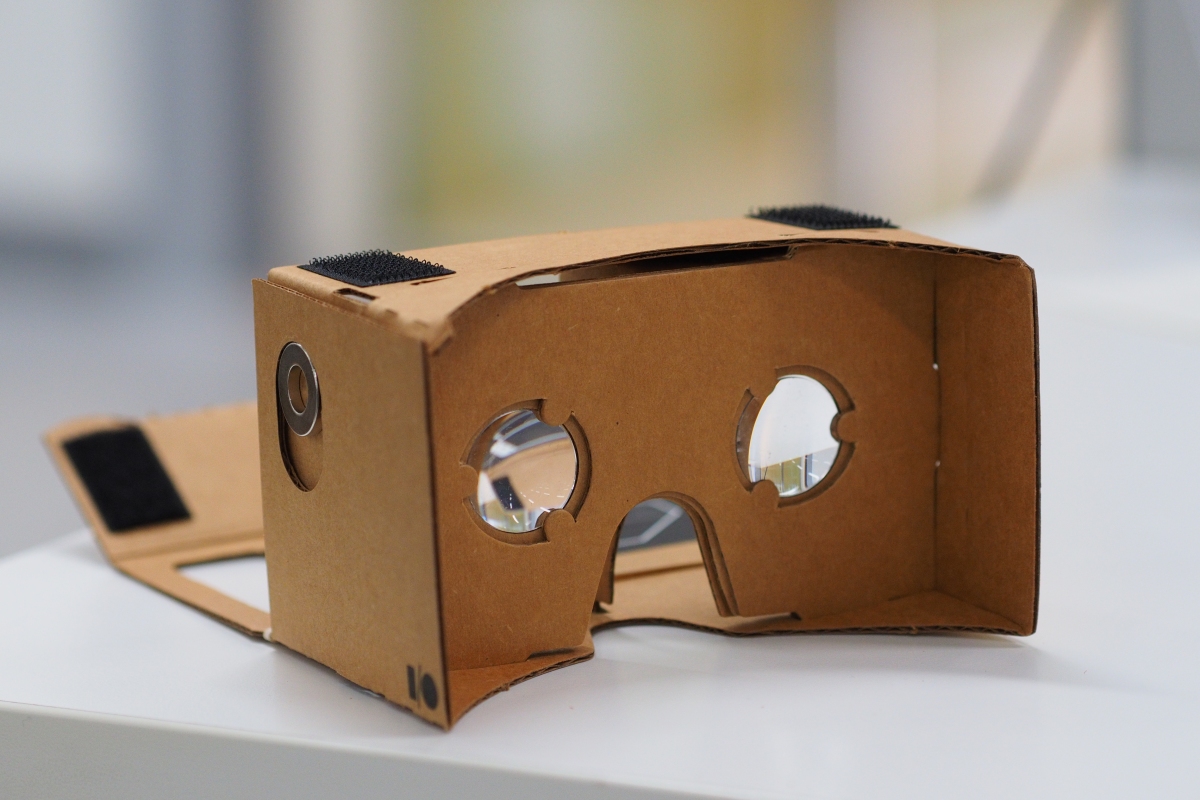We all talk about productivity and efficiency today. So here is my way of getting my things done.
I primarily use two platforms to get my stuff done: Workflowy and Google Calendar. Workflowy is an amazing platform that is buuilt on a simple idea: making lists. At first look, it may look so simple and plain and even no greater than a Notepad like web-app. But, it is amazing intuitive to use and I am usually able to structure and plan according the the priority of tasks.
I usually think in a structured, top-down way and I would probably attribute that to my engineering-based education. So a typical structure I impose in Workflowy is this:
1. Urgent
2. Important
3. Upcoming
4. KIV
These are listed in order of priority and shows me which task I need to get done next.
Under each of these categories, I make tasks and their relevant sub-tasks. For example, I have an Engineering exam this coming week, I create a task called “Engineering Exam”. Under this task, I include a label called “Details” which indicates the time, date and location of this task and “Revision” which then contains the relevant sections and chapters to revise as sub-sub-tasks.
One of the greatest things about Workflowy is that you can create many many layers of sub-sub-sub-sub-…. tasks. However, an important feature that is missing is reminders.
For this, I use Google Calendar. All deadlines and events immediately go into my Google Account with a default alert set for 1 and 2 days before the actual date. This together with my list of tasks of Workflowy keeps me organised.
I check this list at the start of the day and update it as and when tasks come in. At the end of the day, I check if all intended tasks for the day have been completed. If yes, I complete them. If no, I move and reschedule them on the level of priority. Before sleeping, I spend 5 minutes working out the relevant tasks and agenda for tomorrow by simply adding a hashtag (#tomrrow) beside the tasks in Workflowy.
This system has worked great so far and I believe it has been a key reason for my productivity too.
Cheers,
Harish V



